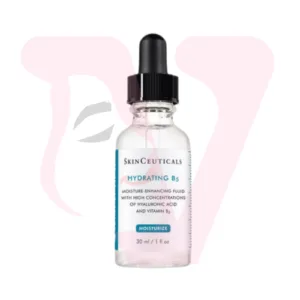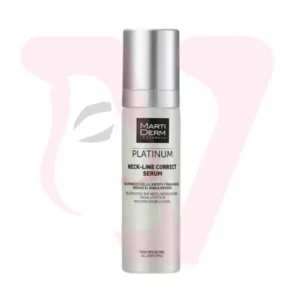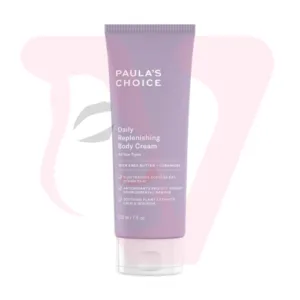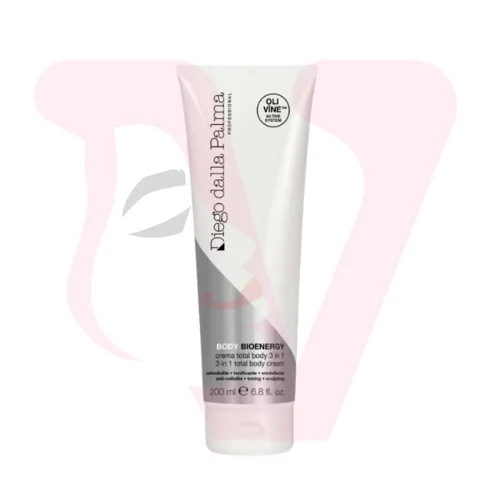news
Sunscreen: The Ultimate Shield for Your Skin
Sunscreen isn’t just a recommendation—it’s the single most important product in any skincare routine, the final and most crucial line of defense against premature aging, hyperpigmentation, and the risk of skin cancer. While many view it as a product reserved for beach days, the truth is that daily, year-round sun protection is non-negotiable for anyone serious about skin health.
Ultraviolet (UV) radiation from the sun is the primary cause of extrinsic aging, responsible for approximately 80% of visible signs of aging, including fine lines, wrinkles, and sun spots. UV rays are present even on cloudy days and can penetrate through windows, making consistent use paramount. This comprehensive guide will demystify the science of sunscreen, explain the different types, and teach you how to choose and apply the perfect one to protect your skin effectively.

The Science Behind UV Radiation and Skin Damage
The sun emits two main types of UV radiation that affect our skin:
- UVA (Ultraviolet A) Rays: These rays have a longer wavelength and penetrate deep into the dermis, the skin’s thickest layer. They are the primary cause of skin aging, contributing to wrinkles and sun spots. UVA rays are consistently present throughout the year and can even pass through glass. Think of “A” for Aging.
- UVB (Ultraviolet B) Rays: These rays have a shorter wavelength and primarily affect the epidermis, the skin’s outermost layer. They are the main cause of sunburn and are a major contributor to skin cancer. The intensity of UVB rays varies by season, time of day, and location. Think of “B” for Burning.
Both UVA and UVB rays can lead to cellular damage and increase the risk of skin cancer. Sunscreen works by either absorbing or reflecting these rays before they can harm the skin.
Physical vs. Chemical Sunscreens: Understanding the Difference
Sunscreen formulas are generally categorized into two main types:
- Physical (Mineral) Sunscreens:
- How they work: These sunscreens contain mineral ingredients like Zinc Oxide and Titanium Dioxide. They sit on top of the skin and physically block UV rays by scattering and deflecting them, acting like a shield.
- Pros: Generally considered safe for sensitive skin as they are less likely to cause irritation. They provide immediate protection upon application.
- Cons: Can be thicker and may leave a white cast on the skin, especially on deeper skin tones. This has improved significantly with modern formulations.
- Chemical Sunscreens:
- How they work: These sunscreens use organic compounds like Oxybenzone, Avobenzone, and Octinoxate to absorb UV radiation and convert it into a small amount of heat, which is then released from the skin.
- Pros: Tend to be lighter in texture, absorb easily, and don’t leave a white cast.
- Cons: Some ingredients can be irritating for sensitive or reactive skin. They require about 15-20 minutes to become fully effective after application.

The Meaning of SPF and PA: Decoding the Labels
When choosing a sunscreen, you’ll encounter two key ratings:
- SPF (Sun Protection Factor): This rating primarily measures a sunscreen’s ability to protect against UVB rays. A higher SPF number means a longer period of protection. For example, SPF 30 blocks approximately 97% of UVB rays, while SPF 50 blocks around 98%. For daily use, SPF 30 is the minimum recommended, while SPF 50 or higher is ideal for prolonged sun exposure.
- PA (Protection Grade of UVA): This is a Japanese rating system that measures a sunscreen’s ability to protect against UVA rays. It is represented by plus signs:
- PA+: Some UVA protection.
- PA++: Moderate UVA protection.
- PA+++: High UVA protection.
- PA++++: Extremely high UVA protection. Look for a sunscreen with PA+++ or PA++++ for comprehensive protection.
How to Apply Sunscreen Correctly
Applying sunscreen correctly is just as important as choosing the right one.
- Use the Right Amount: The general rule of thumb is to use the “two-finger” method for your face and neck—a full-length squeeze of sunscreen on your index and middle fingers. This is approximately 1/4 teaspoon.
- Apply as the Final Step: Sunscreen should always be the last step in your morning skincare routine, applied after your moisturizer and before any makeup.
- Reapply Frequently: Sunscreen’s effectiveness decreases over time due to sweat, water, and friction. Reapply every two hours, or more often if you are swimming or sweating heavily.

Conclusion: Your Daily Commitment to Skin Health
Think of sunscreen as a daily investment in your skin’s future. It’s not about avoiding the sun entirely but about enjoying it responsibly. By making sunscreen a non-negotiable part of your daily routine, you are not only protecting your skin from the immediate risks of sunburn and aging but also significantly reducing the long-term risk of skin cancer.
Choose a formula you love, apply it generously and consistently, and let it be the ultimate shield that keeps your skin healthy, youthful, and radiant for years to come.

